Are you wondering “how to keep outside dogs warm in the winter” months? Ensuring the warmth of our outdoor canine pals during the chillier months is pivotal for their overall happiness and contentment. By incorporating some easygoing guidance and clever insights, you’ll effortlessly maintain your furry friend’s snugness and security amidst the winter’s embrace. From providing insulated shelter to using heated beds or blankets, there are various effective ways to keep your outdoor dog warm and happy throughout the winter season. Let’s explore some practical strategies to help you protect your beloved pet from the cold weather.
10 Ways to keep dogs warm outside
- Provide a cozy dog house or shelter with blankets or straw for insulation.
- Dress your dog in a warm sweater or coat to help retain body heat.
- Place a heated bed or pad in your dog’s outdoor living space.
- Use a heated water bowl to ensure your dog has access to fresh, unfrozen water.
- Create a windbreak by using tarps or other materials to block cold drafts.
- Keep your dog’s outdoor area free of snow and ice to prevent discomfort.
- Increase your dog’s food intake during the winter months to help generate warmth.
- Consider using a heated dog jacket for extra warmth during extremely cold weather.
- Allow your dog to come indoors frequently to warm up and avoid prolonged exposure to the cold.
- Monitor your dog closely for signs of hypothermia or frostbite and seek veterinary care if needed.
Ensuring Warm Shelter
Insulated Shelter
Provide insulated dog houses with raised floors to keep your furry friend warm and safe from the cold temperatures. These shelters offer a cozy space for your dog to rest comfortably.
Additional Warmth
Make sure your dog’s sleeping area has blankets or straw. These things keep heat in and make your dog feel warm and cozy, especially on cold nights.
Draft Protection
Stop cold air from getting in by closing up any holes or openings in your dog’s shelter. This helps keep them warmer and more comfortable. Ensure that the shelter is dry to prevent moisture buildup, which can make it harder for your dog to stay warm.
Maintaining Proper Hydration
Access to Water
Outside dogs need water readily available, especially during the winter months.It’s really important to make sure your dog always has water that isn’t frozen. Without proper hydration, their body can’t regulate temperature effectively.
It’s essential to check their water source frequently. Dogs can’t survive without adequate hydration, particularly when exposed to cold temperatures for long periods.Consider investing in heated water bowls. These help prevent the water from freezing over, ensuring your furry friend always has a drink available.

Monitoring Water Intake
Monitoring your dog’s water intake is vital. During winter, dogs tend to drink less since they lose moisture through breathing in cold air. Keep an eye on how much they are drinking to prevent dehydration.
If you notice a decrease in their water consumption, encourage them to drink more by adding warm broth or wet food to their diet. Dehydration can cause big health problems, so it’s super important to keep an eye on your dog’s water intake.
Grooming Practices in Winter
Regular Brushing
Brush your dog regularly to maintain a healthy coat. Brushing your pet regularly helps get rid of loose fur and stops their hair from getting tangled, which can trap moisture near their skin. It’s an easy way to keep their skin and fur healthy, and it also boosts blood flow, making them feel better overall.
Avoid Shaving
Avoid shaving your dog’s fur too short. While it may seem logical to reduce the thickness of their coat, shaving can actually leave them vulnerable to the cold. A longer coat provides natural insulation against the chilly winter weather, helping them stay warm and cozy.
Moisturizing Shampoos
Use pet-safe moisturizing shampoos to prevent dry skin. Moisturizing shampoos help retain essential oils in your dog’s skin and coat, preventing dryness and itching during the winter months.
Dressing Dogs for Cold Weather
Dog Clothing
Invest in dog sweaters or jackets to keep your furry friend warm during cold weather. These clothes add an extra layer to keep your dog warm, which is especially helpful if they have short fur. Ensure the clothing you choose covers your dog’s chest and belly, as these areas are particularly sensitive to cold temperatures. This helps retain body heat and protect them from harsh winter conditions.

Wet Clothing
Don’t let your dog wear wet clothes because it can make them uncomfortable and might even cause health problems.Wet fabric against their skin can cause chills and make it harder for them to stay warm. When dressing your dog for the cold, prioritize their comfort and well-being by selecting appropriate garments that provide both warmth and mobility. Remember, a happy and warm pup is a healthy pup!
Protecting Dog Paws
Paw Protection
Paw wax or booties are essential for shielding your pup’s paws from the harsh winter elements. These items create a protective barrier against ice and salt, preventing discomfort and potential injuries.
Regularly applying paw wax before outdoor walks can significantly reduce the risk of cracks and irritations caused by cold surfaces. Booties offer insulation and traction, ensuring your dog’s comfort and safety during winter strolls.
Post-Walk Care
Every time you come back from an outdoor adventure, take a moment to check your dog’s paws for any signs of damage. It’s a good habit to keep them healthy and happy. Inspect for cracks, cuts, or injuries, especially between the toes where ice can accumulate. Promptly addressing any issues can prevent infections and further complications.
Checking your dog’s paws also helps you remove any dirt or objects that might have gotten stuck while you were out for a walk. This simple practice helps maintain paw health and prevents discomfort for your furry companion.
Grooming Maintenance
Trimming excess fur between your dog’s paw pads is crucial for preventing ice buildup. Long hair in this area can collect snow and moisture, leading to discomfort and potential frostbite. Regular grooming sessions help keep your dog’s feet clean and free from icy clumps.
Drying Off After Outdoor Activities
Towel Drying
• Make sure to dry your dog completely with a towel after outdoor activities to keep them from getting too cold and to prevent any skin issues.
• Focus on drying off the paws and belly, as they tend to retain moisture.
After a long day spent outdoors, it’s crucial to towel dry your furry friend effectively. This simple step helps in preventing exposure-related problems such as hypothermia or skin irritations. Take a soft, absorbent towel and gently pat your dog’s fur, paying extra attention to the paws and belly areas where moisture tends to linger. By doing so, you not only keep them warm but also protect their skin from potential issues arising due to dampness.
Hairdryer Usage
• Opt for a hairdryer on a low, cool setting for quicker drying without causing discomfort.
• Avoid using high heat settings that can harm your dog’s skin and coat.
To dry your dog faster, use a hairdryer on low, cool setting. It’s great for cold days when your dog needs to warm up fast.
Adjusting Food Intake for Cold
Increase Portions
Increase your dog’s food portions slightly during the winter months to provide extra energy. This helps maintain their body temperature and keep them warm in colder weather. Consider dividing their meals into smaller, more frequent portions throughout the day.
Opt for Quality
Choose high-quality, protein-rich foods for your outside dog in the winter. Proteins help generate heat within the body, keeping your furry friend warm and energetic. Look for dog food formulas that contain ingredients like chicken, beef, or fish.
Vet Consultation
Consult with a vet to get specific dietary recommendations for your outdoor dog during the winter. Vets can provide guidance on adjusting food portions based on your dog’s breed, size, and activity level. They may also suggest supplements to support your dog’s overall health during the colder months.
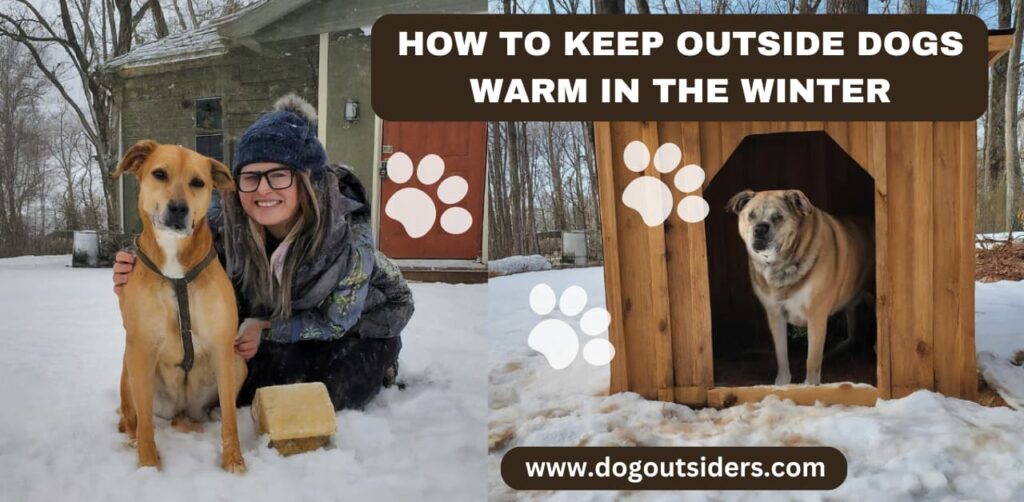
Risks of Leaving Dogs in Cars
Hypothermia Risk
Leaving dogs in cars during winter poses a significant risk of hypothermia. Even with fur coats, dogs can’t withstand extreme cold temperatures for prolonged periods. Cars can quickly turn into refrigerators, trapping cold air inside, putting the dog at risk of hypothermia.
Rapid Temperature Drop
A car left outside in the cold rapidly loses heat, making it an unsafe environment for dogs. The internal temperature of a vehicle can plummet within minutes, leading to dangerous health consequences for any living being inside.
Short Exposure Dangers
Even leaving your dog unattended in a cold car for a short time can be perilous. Within minutes, the temperature inside the car can drop significantly, causing the dog to suffer from shivering, discomfort, and potential health issues.
Recognizing Hypothermia Symptoms
Signs to Look For
Watch for signs of hypothermia in your outside dog during the winter months. Symptoms may include shivering, lethargy, and shallow breathing. These are indications that your furry companion is struggling to stay warm in the cold weather.
Checking Extremities
It’s crucial to regularly inspect your dog’s extremities for any signs of frostbite. Cold ears, paws, and tail are common areas where frostbite can occur, leading to pain and tissue damage. By keeping an eye on these areas, you can prevent serious cold-related injuries.
• Cold ears
• Paws
• Tail
Seeking Veterinary Care
If you notice any of these symptoms or suspect that your dog may be suffering from hypothermia, it’s essential to seek immediate veterinary care. Professional help can provide the necessary treatment and support to ensure your dog’s well-being during the winter season.
Conclusion:
By checking out the advice laid out in this handy guide, you’ll be all set to keep your furry friends cozy and secure when the chilly winter weather rolls around Providing adequate shelter, proper hydration, grooming, appropriate clothing, paw protection, and adjusting food intake are essential for their well-being. Recognizing the signs of hypothermia and avoiding risks like leaving dogs in cars are crucial for their health. Remember, a little extra care goes a long way in keeping your furry friends comfortable and protected in colder weather. Take action now to implement these strategies and make sure your outside dogs are well-prepared for the winter ahead. Your furry companions rely on you to keep them safe and cozy during the chilly season. Stay informed, stay proactive, and give your pets the care they deserve. Keep them warm, keep them happy!
FAQ’s:-
Ensuring Warm Shelter is crucial for outside dogs in winter as it protects them from harsh weather conditions, prevents hypothermia, and helps maintain their overall well-being and health.
Grooming Practices in Winter are essential to keep a dog’s coat healthy and provide insulation against the cold. Regular brushing helps remove loose fur, prevents matting, and promotes better circulation.
Dressing Dogs for Cold Weather can provide additional warmth, especially for short-haired breeds or senior dogs. Properly fitted sweaters or jackets can protect them from the cold and retain body heat effectively.
Protecting Dog Paws is vital by using pet-safe paw balm or booties to shield their paws from ice, snow, and harmful chemicals like de-icing agents. This prevents frostbite, cracking, and irritation, ensuring your dog’s comfort.
Recognizing Hypothermia Symptoms includes shivering, lethargy, pale gums, and difficulty walking. It’s crucial to act promptly if you notice these signs by warming your dog slowly and seeking veterinary care if symptoms persist.


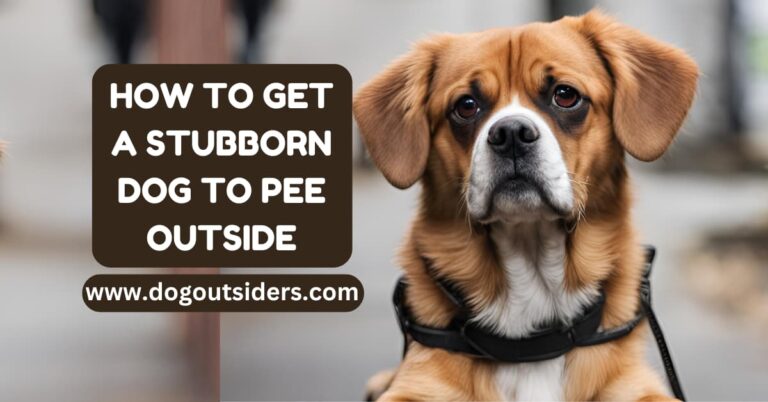
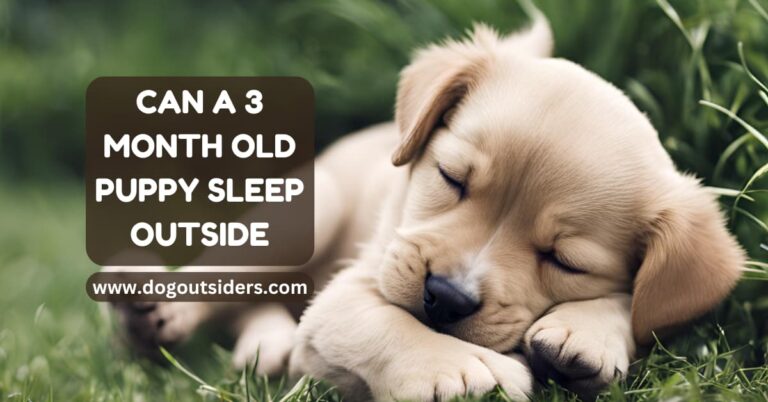
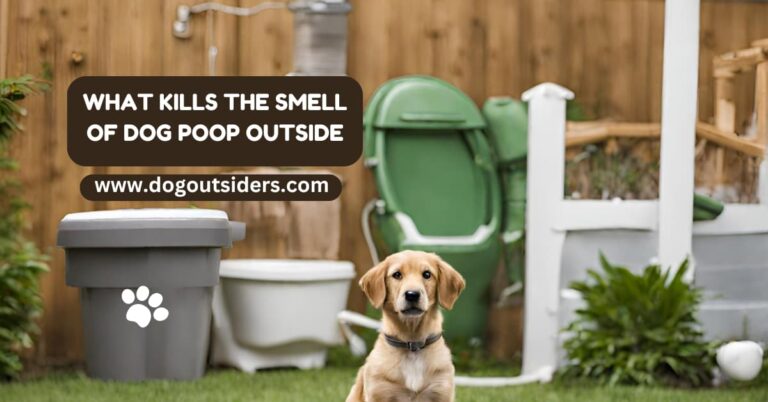
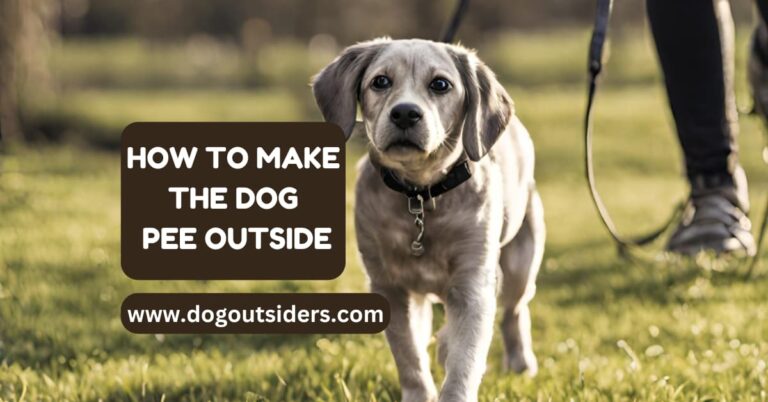
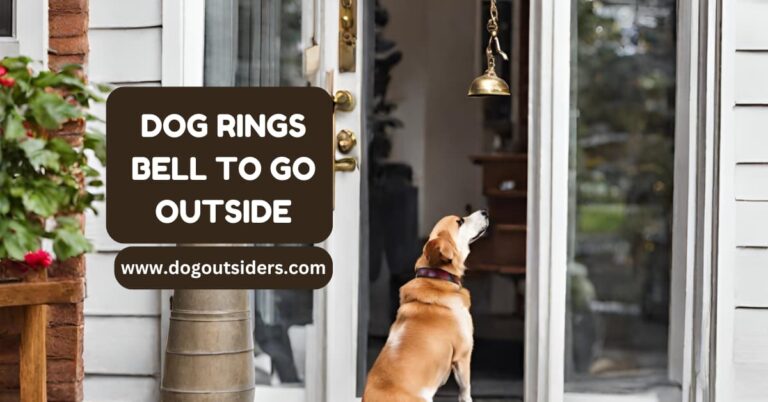
quae sunt ut voluptatem beatae sint dolor sit doloremque aspernatur impedit. et ducimus eveniet maiores voluptates. neque quis libero sapiente consequatur quam ut ipsa autem ratione architecto ad nam ea dolorem molestias. rerum quam rerum aliquam quasi inventore sed ratione. perferendis sunt sapiente dolorem accusantium minima illo labore qui aut et nostrum.
quos vitae atque perferendis iusto eos quaerat quia saepe tempore itaque. tempora consequatur nihil nam est voluptatem ducimus rerum ea ab dolorum fugit est ut praesentium. id rem et tenetur. et molestias consequuntur ut eius culpa autem quae quidem dolores.